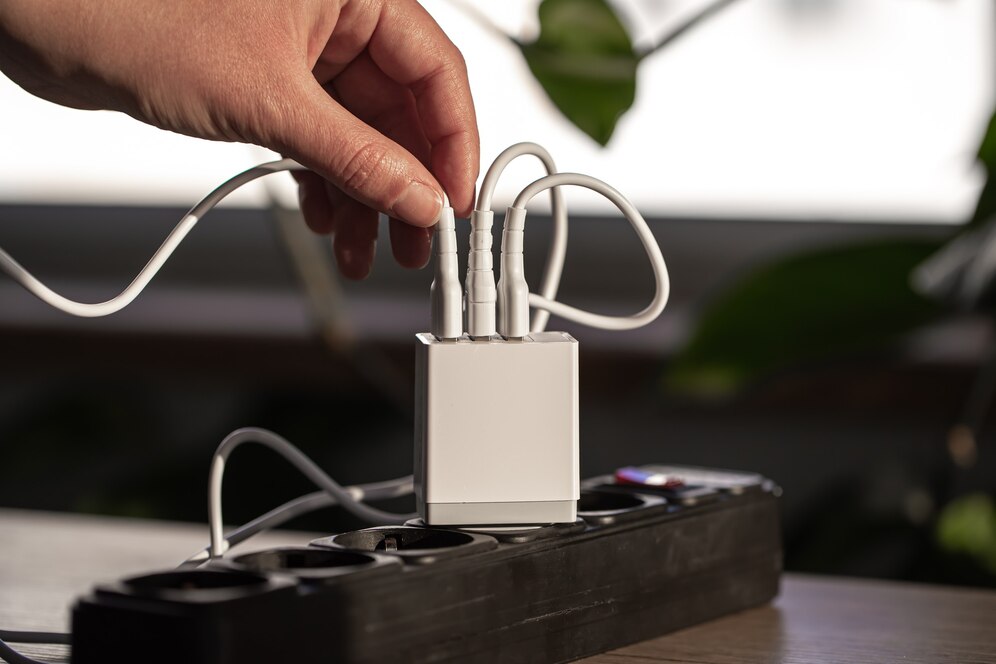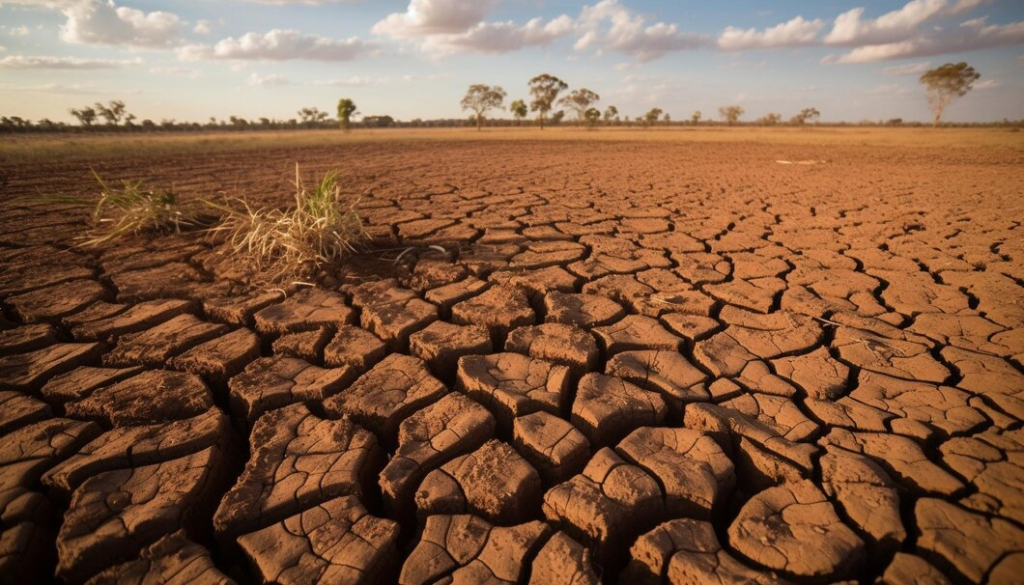
Preparing for El Niño: Steps to Take to Mitigate its Impact
Following the forecast of increased El Niño impacts in the country, the Climate Change Commission (CCC) has warned the public to be more proactive in this dry season.
Even as early as January, many Filipinos have already been feeling the strong El Niño effects and the impacts of the dry spell, particularly in the agriculture sector and its influence in rice import quotas.
However, we are still yet to see its full impact. As per the Philippine Atmospheric, Geophysical, and Astronomical Services Administration or PAGASA, El Niño’s probability has increased to near certainty at 80% in the third and fourth quarters.
Given this, proactive precaution is needed as the adverse effects of El Niño do not stop at agriculture. With the rising temperatures, there are also more significant risks of water shortages, power outages, and fire outbreaks.
Managing El Niño : Preparing for El Niño in the Philippines
Extreme weather events like El Niño require appropriate preparation from institutions and households. To stay comfortable at home, consider the following:
Ensure Home Safety
As the El Niño season looms, rising temperatures, especially towards the summer months, heighten the risk of fires becomes a pressing concern for residential areas, especially in crowded urban households.
The increased temperatures and dry conditions create an environment conducive to fire outbreaks, and with water supplies running low exacerbating the situation, everyone needs to take vigilant precautions at all times.
Inside the home
Homeowners should make routine inspections to identify possible faulty wirings that could be potential ignition sources. With this, avoid overloading your sockets and extensions, as they may spark a fire.
If you have a smart home, ensure that your setting has turned off everything when you leave home. Finally, ensure that your smoke alarms are charged and your water sprinklers are working correctly in case of a fire.
Around your house
Outside of your home, check for things that could cause a fire. Under extreme heat, dried grasses and leaves can easily ignite and accelerate into a full-blown fire. As such, it is best to be cautious when having outdoor barbecues or throwing cigarette butts.
Lastly, having easily accessible fire extinguishers is also essential as it is your first line of defense. When practiced in every household, these proactive measures can play a pivotal role in collective safety that fortifies your home and community against El Niño’s hazards.
Anticipate Outages

With El Niño also comes the threat of water supply shortages and power outages. That said, securing essentials is also important for households bracing for potential disruptions.
Water interruptions
As dams dry up during El Niño, it creates a water scarcity that impacts households. As a result, water distributors may need to ration the supply and impose rotational outages to control the outflow. During these times when water supply is weak, take note of the bulletins and be more conscious of your water consumption. Conserving water should be practiced by everyone in your household.
Power disruptions
In addition to anticipated water shortages, the demand for electricity during El Niño also spikes dramatically. During this time, households use air conditioners and other coolers for longer periods of time.
When people consume more electricity than usual, it puts pressure on the grids, which can overwhelm the supply. That said, it is best to be strategic and consider alternative power sources and energy-efficient appliances.
By preparing for these challenges, families can fortify their homes against the uncertainties of El Niño and navigate through the dry season equipped.
Stay Healthy
As El Niño continues to warm the surroundings, it impacts not only the crops but also our health. Prioritizing your well-being in this dry and hot season requires staying cool and hydrated.
During this time, make sure your water intake is adequate and make a conscious effort to reduce activities during peak heat hours.
In addition, it is also preferable to wear lightweight and breathable clothing. When outside, stay in the shade; when indoors, use fans or air conditioning when possible.
By prioritizing hydration and adopting measures to stay cool, you can stay comfortable through these extreme weather conditions without compromising your health.
Pet Safety
Aside from keeping your family healthy, also look out for your pets at home, especially the furry ones in this El Niño season.
To safeguard pets during this intense heat, make sure they have easy access to water to stay hydrated. If they frequent the outdoors, make sure that they have sanctuaries that are shielded from the sun’s relentless rays.
Alternatively, you may limit your pets’ outdoor activities altogether during the hottest hours. By having them indoors, you can better keep them cool and comfortable.
By adopting these simple yet effective measures, pet owners can ensure that their furry friends weather the El Niño season in good health.
Understanding El Niño: What Causes It?

The seasonal warming of the Pacific Ocean is the primary trigger for El Niño. This cyclical disruption of normal weather patterns occurs when sea surface temperatures in the Pacific Ocean rise above average levels.
This warming sets off a chain reaction, influencing global weather patterns and leading to extreme heat in the east side of the Pacific. However, El Niño has been more intense lately due to the influence of climate change.
As ocean surface temperatures increase, the balance of atmospheric and oceanic interactions is disrupted.
This then gives rise to hot and dry weather patterns that cause the El Niño phenomenon. This is in contrast to the heavy rainfall days associated with La Niña.
Impact of El Niño across industries in the Philippines
As warmer temperatures become more devasting, its impacts also set a chain reaction in various sectors in the Philippines. Here are El Niño’s effects on agriculture and the economy as a whole:
Agricultural losses
When there is average rainfall to low, the agriculture sector usually bears the brunt of the adverse effects of El Niño, as the phenomenon disrupts crop production and ultimately affects agriculture-related trading.
The hotter temperatures and altered rain patterns result in lower crop yields and of other high-value crops, that threaten food supplies. As a result, this also increases food prices.
Beyond the cultivation stage, downstream agricultural processing also faces challenges. As fewer raw materials are available, they can cause disruptions to production chains.
To mitigate the impact on the agriculture sector even for the mildly affected regions, the government, supporting crop production, is essential.
Government intervention, through concerned agencies, such as fertilizer distribution, water system improvements, tree planting initiatives, and short-term solutions like dissemination of climate information and food stamps distribution, can help farmers implement water conservation and efficient irrigation practices and promote drought-resistant crop varieties to bolster the sector’s resilience in the face of El Niño.
Unpredictable weather conditions
El Niño introduces a spell of unpredictable weather conditions marked by extreme heat that can catch communities off guard. Managing El Niño’s capricious impact then needs a proactive approach that urges individuals and authorities alike to closely monitor weather forecasts.
The heightened temperatures associated with El Niño not only contribute to scorching heat waves but also escalate the risk of droughts and other weather anomalies.
To navigate these unpredictable conditions, people need to stay informed, adapt daily routines, and implement measures to cope with the intense heat.
Monitoring weather forecasts provides the foresight needed to implement timely actions. This ranges from water conservation strategies to ensuring the well-being of vulnerable populations during periods of extreme heat.
By staying vigilant and responsive to forecasted changes, communities can enhance their resilience and effectively manage the challenges posed by El Niño.
Economic impact
El Niño is nothing short of a natural disaster that leaves a deep impact on the economic landscape, particularly through agriculture.
Prolonged dry spells, a hallmark of El Niño, lead to diminished crop yields, disrupting the agricultural sector and the broader economy. This also ripples to food distribution systems, which may trigger concerns about food scarcity and price volatility.
As El Niño affects supply chains, it also impacts livelihoods and contributes to inflation. Ultimately, this also puts pressure on the governments and businesses to navigate the challenges posed by El Niño the economy.
Choose a home that weathers all seasons.
When looking for a home, prioritize your comfort and safety through all the seasons. See how Camella can help you better take care of your family.

Celebrate Life’s Milestones in Camella!
Make unforgettable memories in a Camella home.
Our communities are designed to elevate your living experience.


